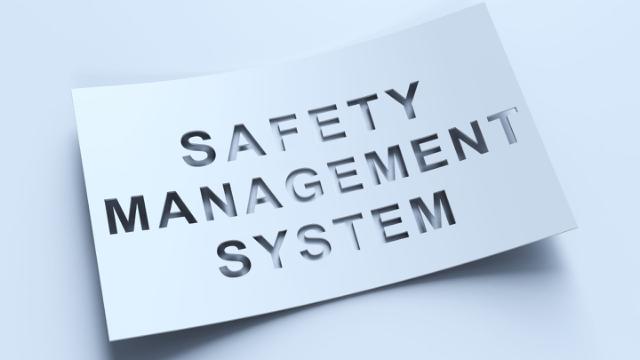
The Rise and Impact of Competency-Based Training and Assessment
In aviation, competency-focused training has been a topic for decades. But it was not until the 2000s that CBTA really gained traction and became formalised. But why is competency-based training so important?




































